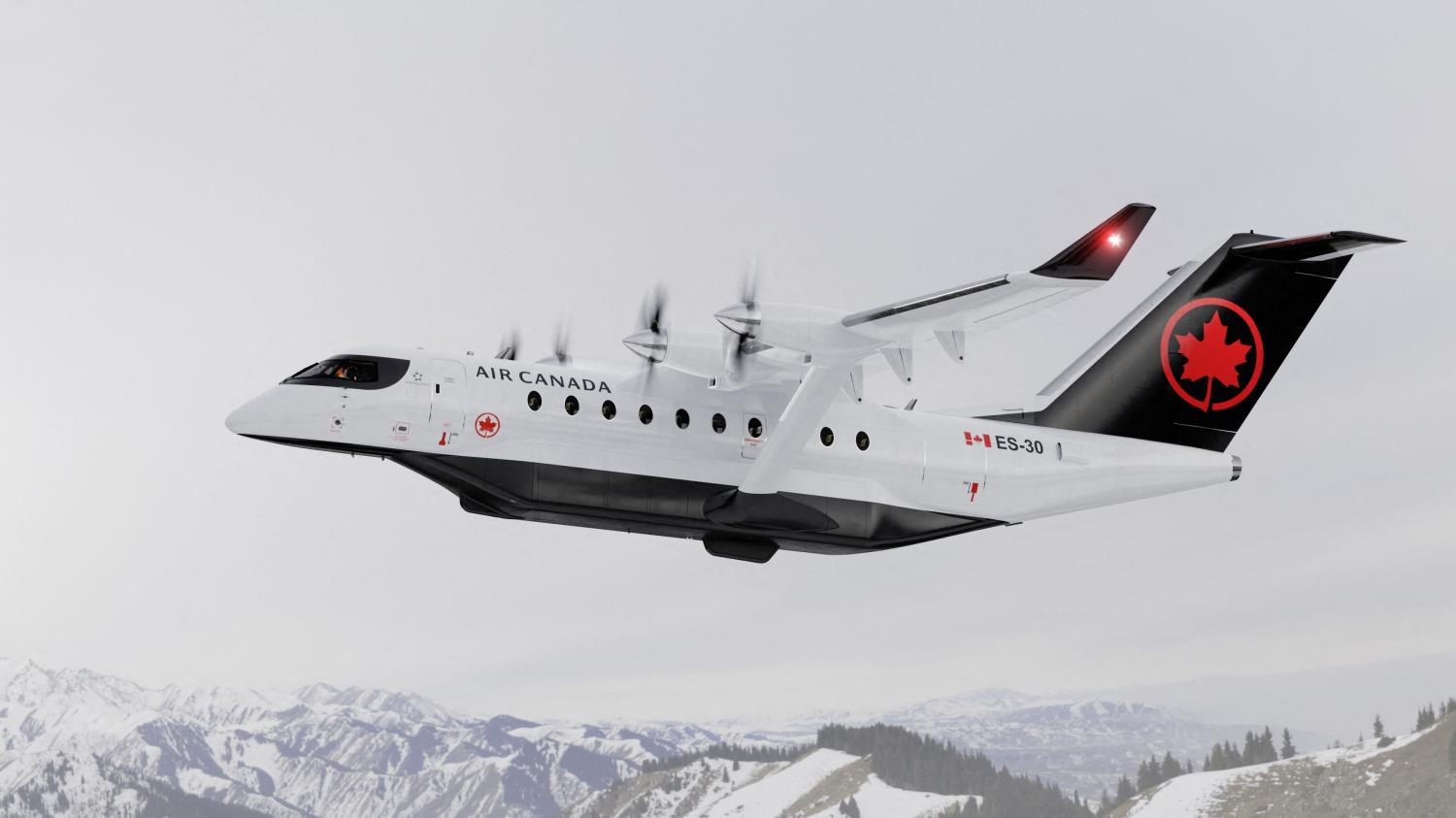Determined to ensure that the world’s emission-free future can take flight, a Swedish start-up is in the midst of putting a battery-powered 30-seat passenger aircraft into service by 2028.
Unless you’re a member of the Kardashian family, you’ll be well aware that flying is terrible for the environment.
In fact, although it would be unrealistic to assume we may eventually give it up altogether, foregoing this mode of transport – which accounts for 2.5 per cent of global atmospheric pollution – is one of the most impactful things we, as individuals, can do to reduce our carbon footprints.
Air travel, however, is convenient, fast, and (most often) cost-effective.
For this reason, our ability to span long distances at high speeds so we can easily explore, visit those we love, and attend international business meetings will likely never go out of fashion.
View this post on Instagram
Regardless, something’s got to give if we’re to prevent the Earth from heating any further.
Especially when you take into account the quantity of fossil fuels being burned to power the 9,700 plus planes that are in the sky at any given time.
So far, solutions have been far and few between, which may come as a surprise considering the increasingly rapid advancement of sustainable technologies in the field of electric vehicles including cars, trains, and even boats.
This is because aviation is extremely difficult to electrify, with battery weight being the biggest problem.

Trying to fully electrify an aircraft with today’s batteries would mean eliminating any space for passengers and cargo. Even then, you would only be able to fly for under an hour.
Plus, jet fuel can hold about 50 times more energy compared to batteries per unit mass – making it the economically appealing option.
To solve this dilemma, new batteries capable of storing more energy need to be developed, but we aren’t quite there yet.
For now, our best attempt is a model that uses a combination of batteries and fuel, also known as a hybrid.



















